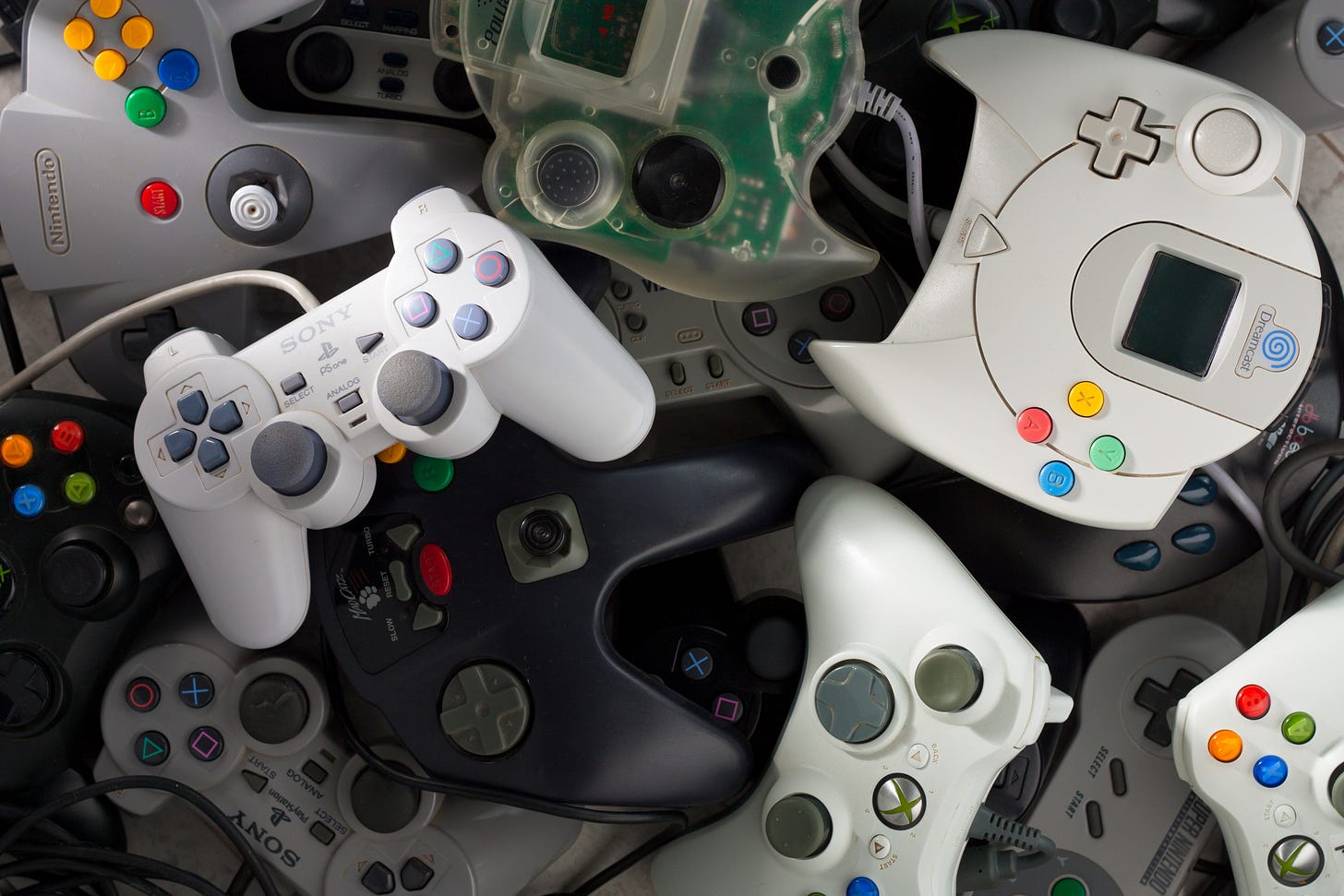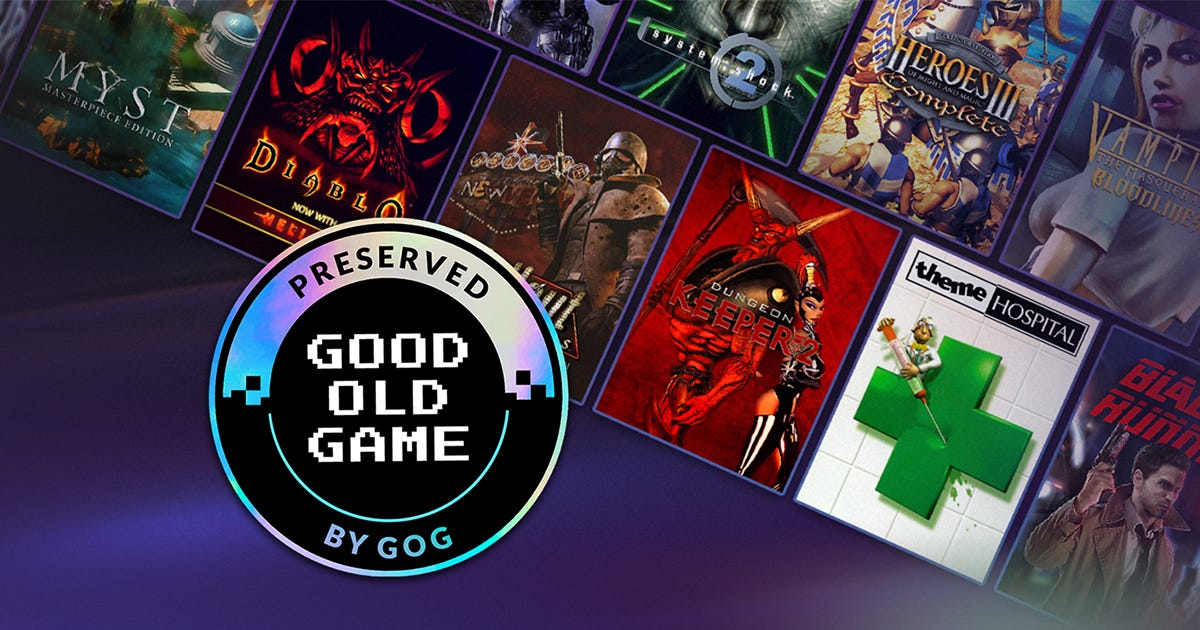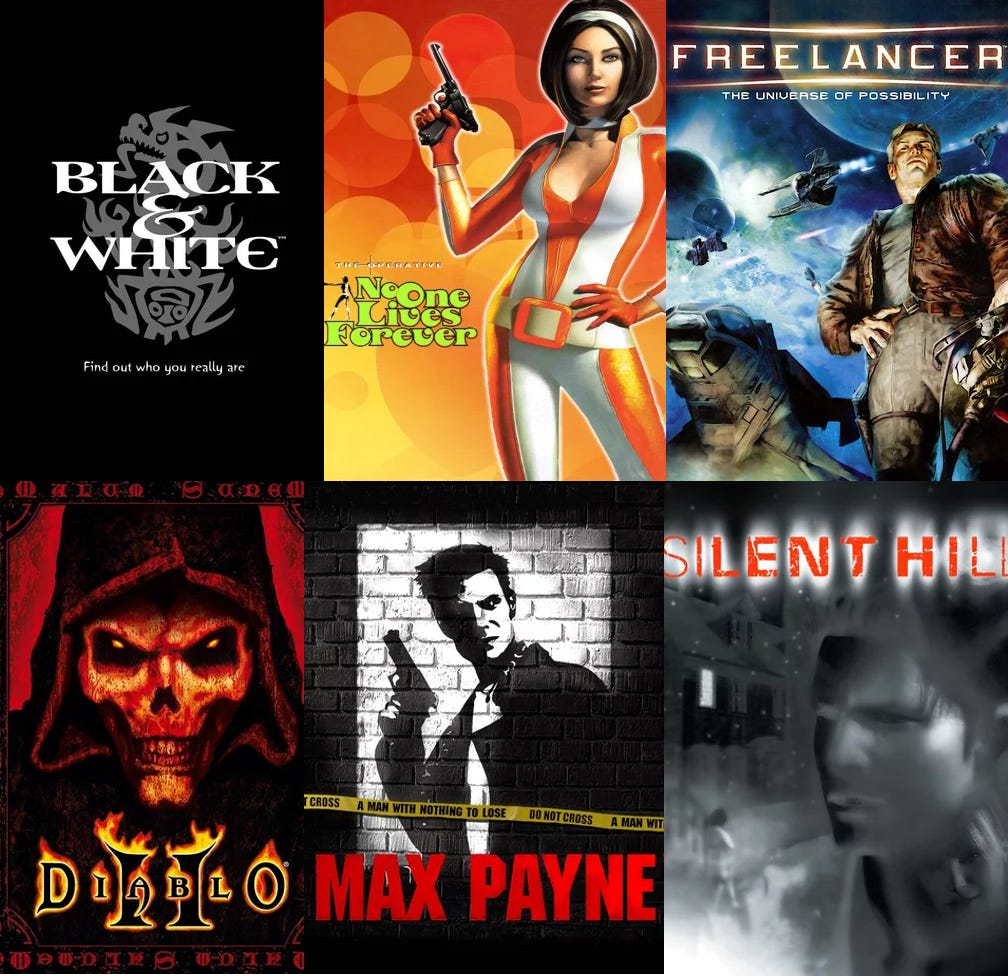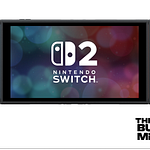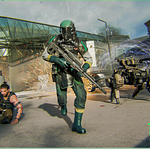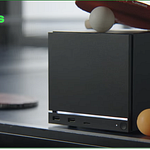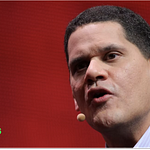Listen now on Apple, Spotify or YouTube
In This Edition
GOG on…
- An ageing audience
- The OG retro experience
- Preservation Program problems
- Hunting for lost gems
There is this ‘ageing out’ situation in games, specifically in the PC and console space.
As gamers get older, and things like careers, homes and families become part of their daily lives, the time to play big, expansive video games shrinks. Eventually those PCs don’t get upgraded and the console under the TV is now a generation or two old. They’ve become something for the kids to play.
But what happens when the kids grow up? And the career starts to wind down? It’s something Maciej Gołębiewski, the MD at GOG, muses over in our interview this week.
“People grow out of gaming, but I think there’s a point in time that they will grow back into gaming,” he says. “Because right now you have kids, but at some point you’ll have more free time. Maybe this will be a great moment to get back to the books, movies or games that you once loved.”
It’s an interesting concept, because we are looking at an increasingly ageing gaming audience. According to a new report conducted by global video game trade bodies, the over 55s now represent 22% of all gamers. Mobile is their main platform of choice (61%), but there’s still a strong number of older PC and console players, too.
The hyper-competitive retro scene
GOG is one of the original players in the retro game space. It was formed in 2008 by the CD Projekt founders who had become frustrated that they couldn’t download legal copies of their favourite titles. And GOG doesn’t just sell games, it also manages the porting and development of some of these classics, including reverse engineering titles when the source code has been lost.
Today, GOG exists in a far more competitive field. There are now dedicated studios with the sole purpose of porting and remastering older titles. Nintendo and Sony have subscription services devoted to classic titles. Atari, a public company, is now almost entirely focused on retro. It has certainly made the space a challenging one to compete in.
“It’s a two-sided thing,” Gołębiewski admits. “On the one hand it brings more attention to the entire topic of preservation and nostalgia. So that’s good, because people have more options to rekindle their memories and love for games. At the same time, the market is just getting denser and tougher, which means that we need to be innovative and move fast.”
“The market is just getting denser and tougher, which means that we need to be innovative and move fast”
Gołębiewski quotes Larry Kuperman from remaster specialist Nightdive, who says that it’s “coopetition, rather than competition” between the various players in the retro scene.
“Ultimately, it’s in-line with our mission, which is to make games live forever. If it’s done by us, that’s great. But if it’s done by somewhere else, and gamers are profiting from it [then that’s great, too]. And there are ways that we can often collaborate on bringing old games back.”
Back-to-basics retro
GOG does pride itself on playing a slightly different role to its friendly rivals. Unlike some of the other companies, it often doesn’t work with the original source code of games. It’s also less focused on remastering titles for a modern audience, and instead likes to redeliver that original experience.
A year ago, GOG released the original Resident Evil 1, 2 and 3 on its platform. And I mean the original ones. Not the remakes, or the HD remasters, but the games as they were (albeit, with a few technical tweaks).
“I was one of the people that spearheaded this project,” says Marcin Paczynski, GOG’s senior business development manager.
“Capcom were like, ‘we have all of those remakes. It’s already the superior experience to those games.’ They didn’t really see the value in bringing back the vanilla versions. It took a lot of convincing that there is an audience that has a lot of memories about those games, and would love to experience exactly the same game again. Thankfully, we were able to convince them.
“When we launched [Resident Evil] on GOG, the reception was absolutely phenomenal. We have 94% positive reviews on GOG for all of them. And that was also reflected in the sales. It proved that there is an audience for this. The classical versions, the versions we all remember from our childhood, they still hold a lot of value.”
The preservation problem
This leads us onto GOG’s Preservation Program.
This Program launched late last year, and it’s around making games “live forever”. GOG has a full-time team updating and improving titles to make sure they are all playable on modern systems, even if the original developers have stopped supporting them. But Paczynski says it’s proven to be quite the undertaking.
“To be perfectly honest, it’s harder than we thought it would be,” he says. “There’s like 3,000 games on GOG that we created the base of over the years. And when we started the Preservation Program, we wanted to take the next step and to have all of those games refreshed and switched to our newest tools and solutions. And to give them a lifetime guarantee: as long as GOG exists, we’ll keep maintaining those games on the platform. What that practically means is that you should buy the game today, launch it in 10 years on your modern PC, and it will work. We are guaranteeing that with the Preservation Program.
“But what we’ve found out is that the games and how they work has deteriorated way faster than what we thought. And we are not talking only about the game not launching. We are talking about more subtle things as well, like the game not supporting modern controllers, or the game not supporting ultra-widescreen or modern resolutions, or even a simple thing like being able to minimalize the game, which is an essential feature today. Modern gamers expect to be able to minimalize the game and then to bring it up without issues.”
The aim was to have 500 games in the program by the end of the year, but it’s now likely to be between 300 and 350.
“It’s because when we started working on those games, seeing what’s wrong and what can be improved, it turned out there is a lot of work that needs to be done to bring them to the standards that we defined,” Paczynski says. “It does mean games on GOG are, in some cases, working significantly better than outside of the Program. The hope is in the future, when you are thinking about buying a 10-year-old game, the first thing that you’ll check is if it’s available in the Program.”
The DRM issue
“One of the biggest obstacles that we run with old games are all the DRM systems that were implemented, and the creators of that software being no more”
Games on GOG are DRM free. It wants players to have no restrictions in how they can play their titles. This is linked to preservation, too. Anti-piracy software can become obsolete and that means, in time, games that require it become obsolete, too.
Gołębiewski understands that developers need to protect their investment, but he does advocate for the removal of DRM over time.
“It’s natural for game developers that want to protect their IPs, and they are really trying to protect the launch windows, because that is really important,” he says. “They’ve invested very meaningful resources into realizing their creative visions.
“But at the same time, after this initial, hypersensitivity period ends. does it really warrant having all of those obstacles and DRM in those builds? One of the biggest obstacles that we run into with bringing back games are all the DRM systems that were implemented, and the creators of that software being no more. It’s very hard to get rid of that and make the game playable again.”
The hunt for lost treasure
When it come to resurrecting old games, Gołębiewski says there are three “riddles” that GOG has become good at solving.
There’s the aforementioned technical riddle of just getting the game working. Then there’s the commercial riddle of ensuring it makes financial sense for all involved. But before all that becomes the riddle of finding out who owns the game in the first place.
“It takes more effort than you would think,” he says. “It’s about understanding who owns which piece of the game, like the soundtrack or the code. Who owns the trademark? There’s a lot of intelligence work going on. It’s an investigation. Who inherited the rights and which part?”
Paczynski says GOG could “write a book” on some of the journeys it has been on to pick up IP. He tells one story of a former Vietnam veteran who made military games in the 1980s, before forming a multi-million-dollar oil business in Texas.
“Every minute of Oscar’s time is probably quite valuable. And we were asking: ‘hey, do you remember those games that 2,000 people bought? We’d like to bring them back’. But he was super supportive. He was like: ‘I love those games. This is part of my heritage’. The passion he showed in getting back to us was really inspiring.”
GOG also hired a private investigator to locate someone in the UK who had inherited the rights to a bunch of games, but that person was living completely off-the-grid. “Without any cell phone or online presence. He didn’t even know that he owned the rights because this was just an inheritance package,” Paczynski explains. “But it was a similar outcome. He was super supportive of preserving his family’s legacy.”
The dream
The retro scene appears to be growing, but is it? It’s hard to put a number on the size of the market. It’s hard to even agree what retro is…. how old does a game need to be to be considered retro?
Ultimately, the opportunity will vary by game, franchise and company. But Gołębiewski is adamant that it’s worth investigating for anyone with a back catalogue. He points to GOG’s Dreamlist, a list of games that players want to see brought back. Over 15 million votes have been cast, with games such as Black & White and Freelancer commanding over 100,000 requests.
This, he adds, is GOG’s ultimate goal: get every game on the Dreamlist released on modern machines. But he believes it will come down to the gamers themselves to make it happen.
“We are a company, and we are doing our best, but it’s the people and their emotions that are really involved,” he concludes. “Our mission should be to empower them and help them be more active in terms of keeping those games alive for the future generations.”
That’s it for today’s episode of The Game Business Newsletter. We will be back on Thursday with more news and analysis. See you then!



